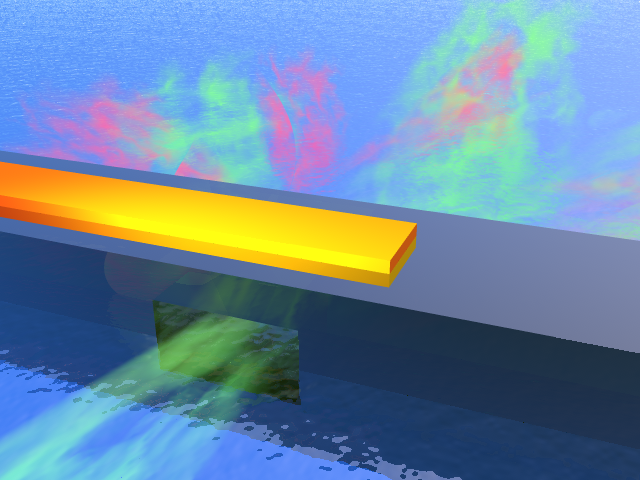Q&A: How does 3D printing work?
Scientists and non-scientists alike are impressed by 3D printing, especially by how rapidly use of the cutting-edge technology has expanded in recent years. But how exactly do 3D printers work?
Scientists and non-scientists alike are impressed by 3D printing, especially by how rapidly use of the cutting-edge technology has expanded in recent years. But how exactly do 3D printers work?
Yale School of Medicine research team finds evidence supporting the use of oxytocin as a treatment for autism spectral disorder.
A team consisting of researchers from the Massachusetts Institute of Technology (MIT) and the National Aeronautics and Space Administration (NASA) is working to develop a
Professor Joan A. Steitz has been selected to receive the 2013 Grande Médaille from the French Academy of Sciences.
Professors Richard A. Flavell and Ruslan M. Medzhitov of the Yale Department of Immunobiology have been selected to receive the 2013 Vilcek Prize in Biomedical Science.

A team in the Yale Electrical Engineering Department has successfully developed a microscopic device that imitates ion channels, which are structures in biological membranes that control ion flow. This device helps us better understand biological ion channels and has the ability to both desalinate and generate electricity from seawater.
Positive outlooks towards aging facilitates recovery in the elderly.
A new procedure can predict almost all of a fetus’s genome by comparing its parents’ genomes to fetal DNA in maternal blood.